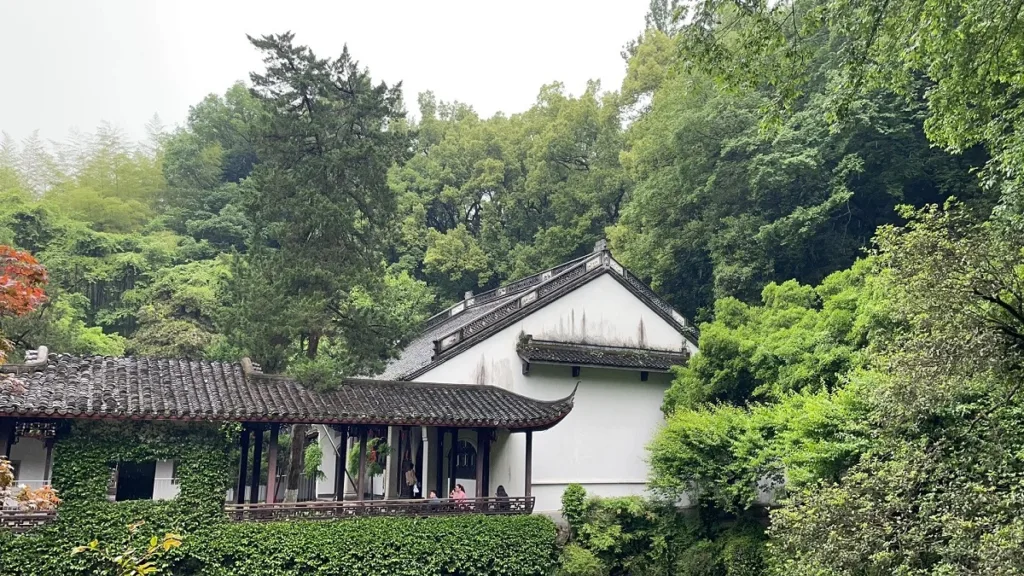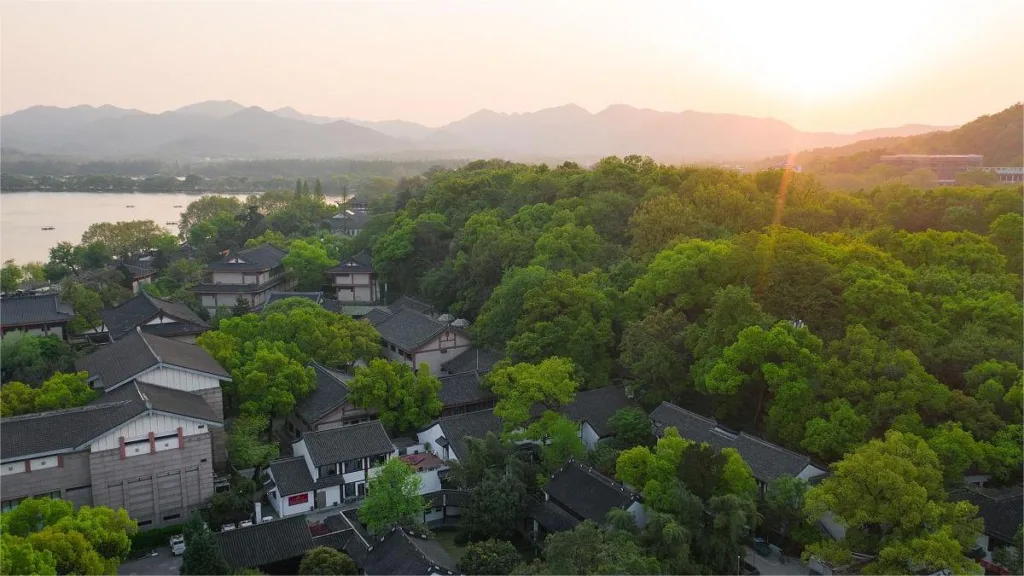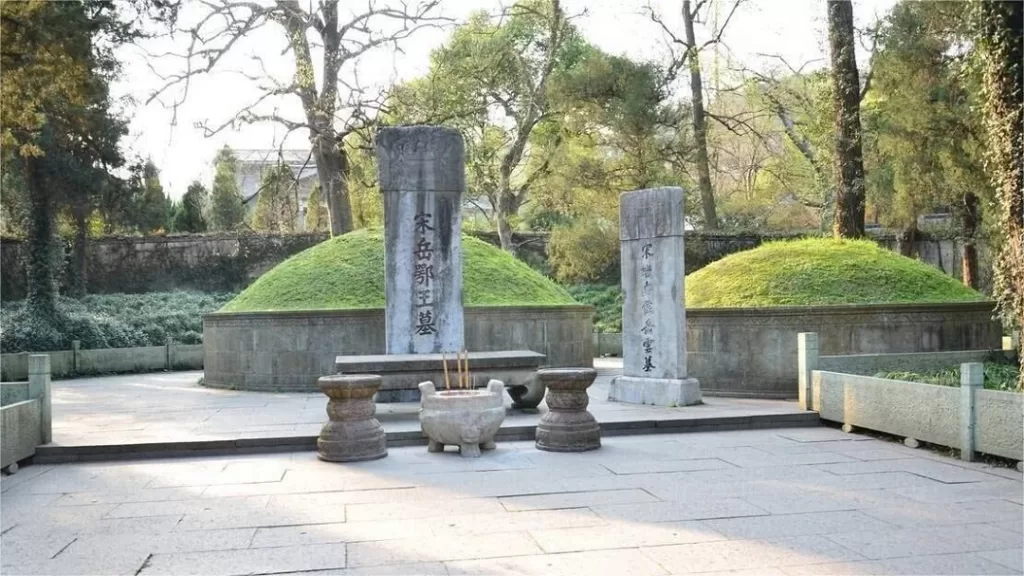Bai Causeway (白堤, Baidi Causeway), originally known as Baisha Causeway during the Tang Dynasty and later referred to as Gushan Road and Shijin Tang in the Song and Ming dynasties, is a picturesque pathway that spans across the enchanting West Lake in Hangzhou, China. Dividing the lake into Outer Lake and Inner Lake, the causeway seamlessly connects Gushan (Solitary Hill) and Beishan (North Hill).
Throughout the four seasons, Bai Causeway showcases a diverse and distinctive panorama. From the blooming peach blossoms in spring to the verdant willows of summer, the fragrant osmanthus of autumn to the serene winter snow, each season unveils a unique charm along this historic pathway.
The causeway owes its name to the renowned poet Bai Juyi, who, during his tenure as the governor of Hangzhou, composed poems praising its beauty, although it is not constructed by him.
Table of Contents
- Basic Information
- Location and Transportation
- Highlights along Bai Causeway
- Vlog about Bai Causeway
- Attractions near Bai Causeway
Basic Information
| Estimated Length of Tour | 0.5 hours |
| Ticket Price | Free |
| Opening Hours | 24 hours a day throughout the year |
| Telephone Number | 0086-0571-87977767 |
Location and Transportation
Bai Causeway, located in the Xihu (West Lake) District of Hangzhou, Zhejiang Province, China, serves as a vital link connecting the urban area of Hangzhou with its scenic attractions. Stretching approximately 1 kilometer, Bai Causeway begins at the iconic “Broken Bridge in Winter” to the east, continues westward via the Jin Dai Bridge, and culminates at the picturesque “Autumn Moon over the Calm Lake.”
To get there, tourists can take bus WE 1314 or the West Lake Outer Ring Line and get off at Baidi Stop (白堤站).
Highlights along Bai Causeway
Xiling Seal Art Society

Founded in 1904, the Xiling Seal Art Society is the oldest, most accomplished, and widely influential academic institution dedicated to the study of Chinese seal carving and calligraphy. Located along Bai Causeway, the society boasts elegant gardens, ancient Ming and Qing architectural remnants, and numerous cliffside inscriptions. Renowned as the “Number One Society under Heaven,” it is also hailed as the “Best Scenic Spot by the Lake and Hills.”
Broken Bridge in Winter

A famous winter scene on West Lake, the Broken Bridge (Duanqiao) becomes enchanting when covered in a layer of snow. Viewed from Baoshi Hill, the lake takes on a pristine silver and white appearance, with Bai Causeway stretching across the lake adorned with snow-covered willows and peach blossoms. The stone arches of the bridge, exposed as the snow melts in the sunlight, create a captivating contrast against the white landscape. The bridge, seemingly both broken and intact from a distance, is aptly named the Broken Bridge.
Su Xiaoxiao’s Tomb (Mucai Pavilion)

Located by Xiling Bridge on the west bank of West Lake, Su Xiaoxiao’s Tomb is also known as Mucailou or Mucaiting. Su Xiaoxiao, known for her exceptional beauty and talent, passed away at the age of nineteen and was buried in this area. Later, a memorial pavilion, Mucaiting, was constructed over her tomb to provide shelter for those who came to pay their respects. The pavilion features couplets inscribed by later generations in honor of Su Xiaoxiao.
Gushan (Solitary Hill)

Gushan, a small peninsula along Bai Causeway, offers a serene retreat with a maximum elevation of 35 meters. Wandering through the mountain paths, visitors encounter scenic spots such as Fanghe Pavilion, Lin Hejing’s Tomb, Agate Slope, Yiyi Spring, Wenlan Pavilion, Zhongshan Park, Jingyi Academy, Qiu Jin’s Tomb, Liuyi Spring, Banbi Pavilion, and Suman Shu’s Tomb.








